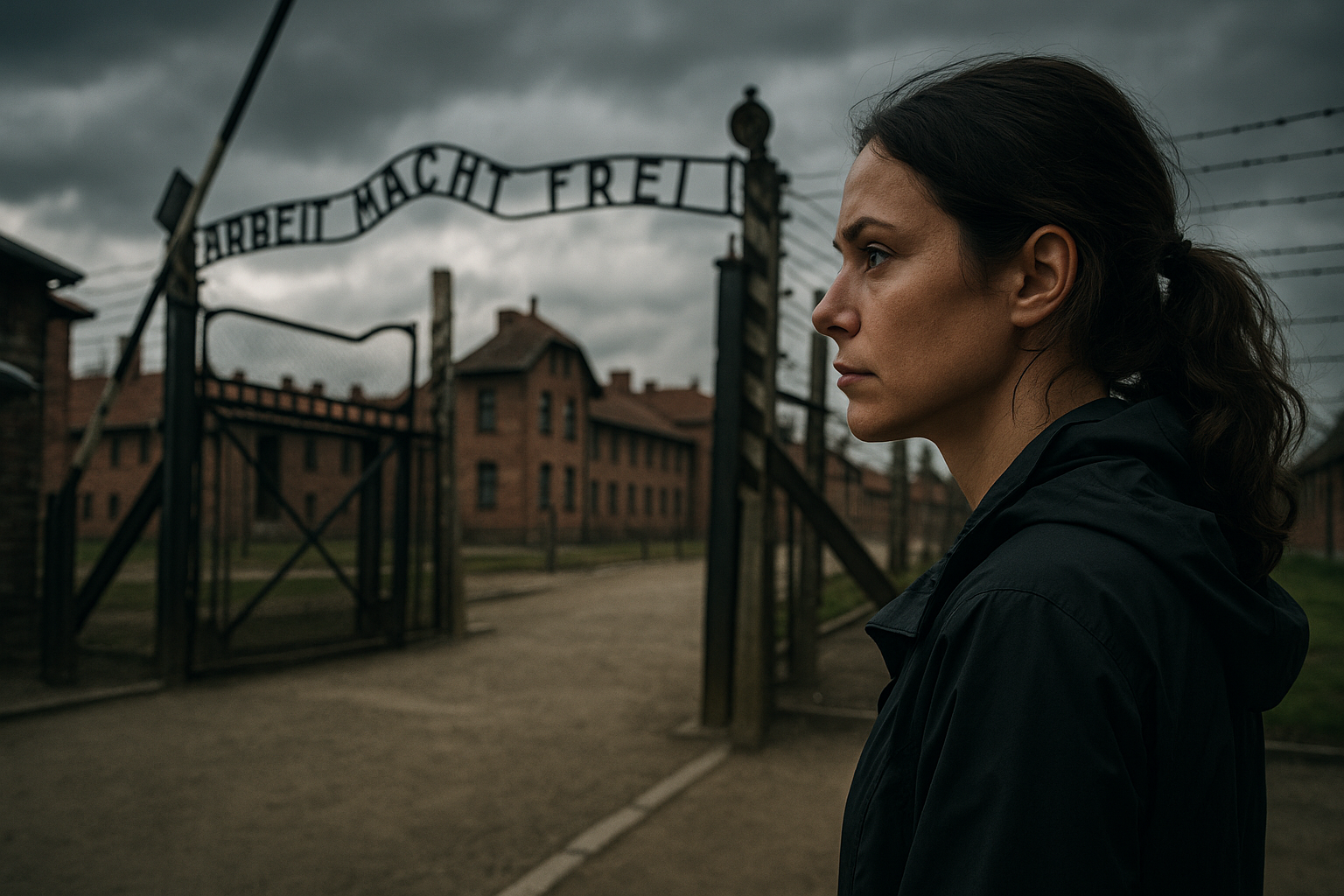Unveiling the Beauty of Dark Tourism: A Journey into the Unconventional
In the vast world of travel and tourism, there exist trends that push the boundaries of traditional expectations. One such trend is Dark Tourism, a travel niche that involves visiting sites associated with death, disaster, and tragedy. This article delves deep into the history, current trends, and practical implications of Dark Tourism—a fascinating yet somber journey that intrigues many modern-day travelers.

The Genesis of Dark Tourism
The roots of Dark Tourism trace back to the medieval pilgrimage routes where travelers would visit sites associated with saints, martyrs, and miracles. In the modern era, Dark Tourism has evolved to include locations marked by natural disasters, wars, genocides, and other tragedies. From the Auschwitz concentration camp in Poland to the Hiroshima Peace Memorial in Japan, these sites offer a stark reminder of past events that shaped the course of human history.
Current Trends and Insights in Dark Tourism
Dark Tourism has witnessed a surge in popularity over the past decade. This could be attributed to an increased global interest in history, human rights, and social justice. The rise of social media has also played a role, with more tourists sharing their experiences at these sites, thereby sparking curiosity among their followers.
Many tourism experts argue that Dark Tourism provides a platform for critical reflection and education. It promotes empathy, understanding, and a deeper connection with humanity’s past. However, it’s not without its challenges. There’s a fine line between respectful remembrance and voyeuristic entertainment, and it’s crucial that travelers tread this line carefully.
The Impact of Dark Tourism on Travelers
Dark Tourism can have profound effects on its participants. The experiences offered by these destinations often lead to intense emotional reactions. This unique form of travel can facilitate a deeper understanding of historical events and their implications. However, it’s not for everyone. Some travelers might find the experience too distressing or ethically questionable.
A Closer Look: Interesting Facts about Dark Tourism
-
The term ‘Dark Tourism’ was coined in 1996 by professors John Lennon and Malcolm Foley of Glasgow Caledonian University.
-
Some of the most visited Dark Tourism sites include the Auschwitz-Birkenau concentration camp, the Ground Zero Memorial in New York, and the Hiroshima Peace Memorial Park.
-
Dark Tourism is sometimes referred to as ‘Thanatourism,’ from the ancient Greek word ‘Thanatos,’ meaning death.
-
The Chernobyl Exclusion Zone in Ukraine has seen a significant increase in tourism since the release of the HBO miniseries ‘Chernobyl.’
In Summary: The Allure and Challenges of Dark Tourism
Dark Tourism is a complex and thought-provoking travel trend that offers a unique perspective on history, tragedy, and humanity’s resilience. While it offers an opportunity for reflection and education, it also poses challenges related to respect and ethics. As with any form of travel, the key lies in understanding and respecting the stories and the people behind the sites.
By journeying into the darker chapters of our history, we not only honor the memories of those affected but also learn valuable lessons that can guide our future. As this unconventional form of tourism continues to gain traction, it’s essential for travelers to approach these experiences with empathy, respect, and an open mind.




